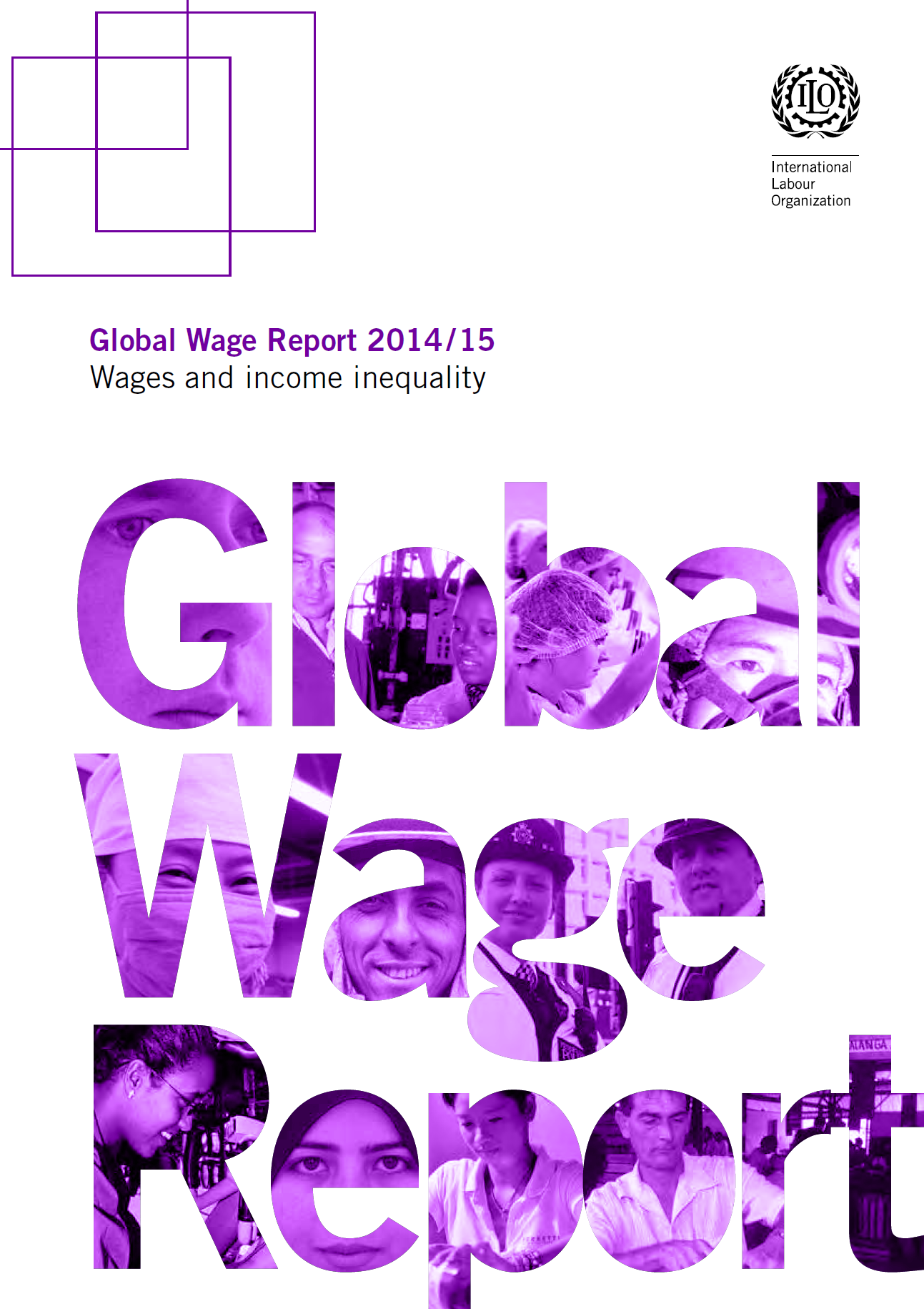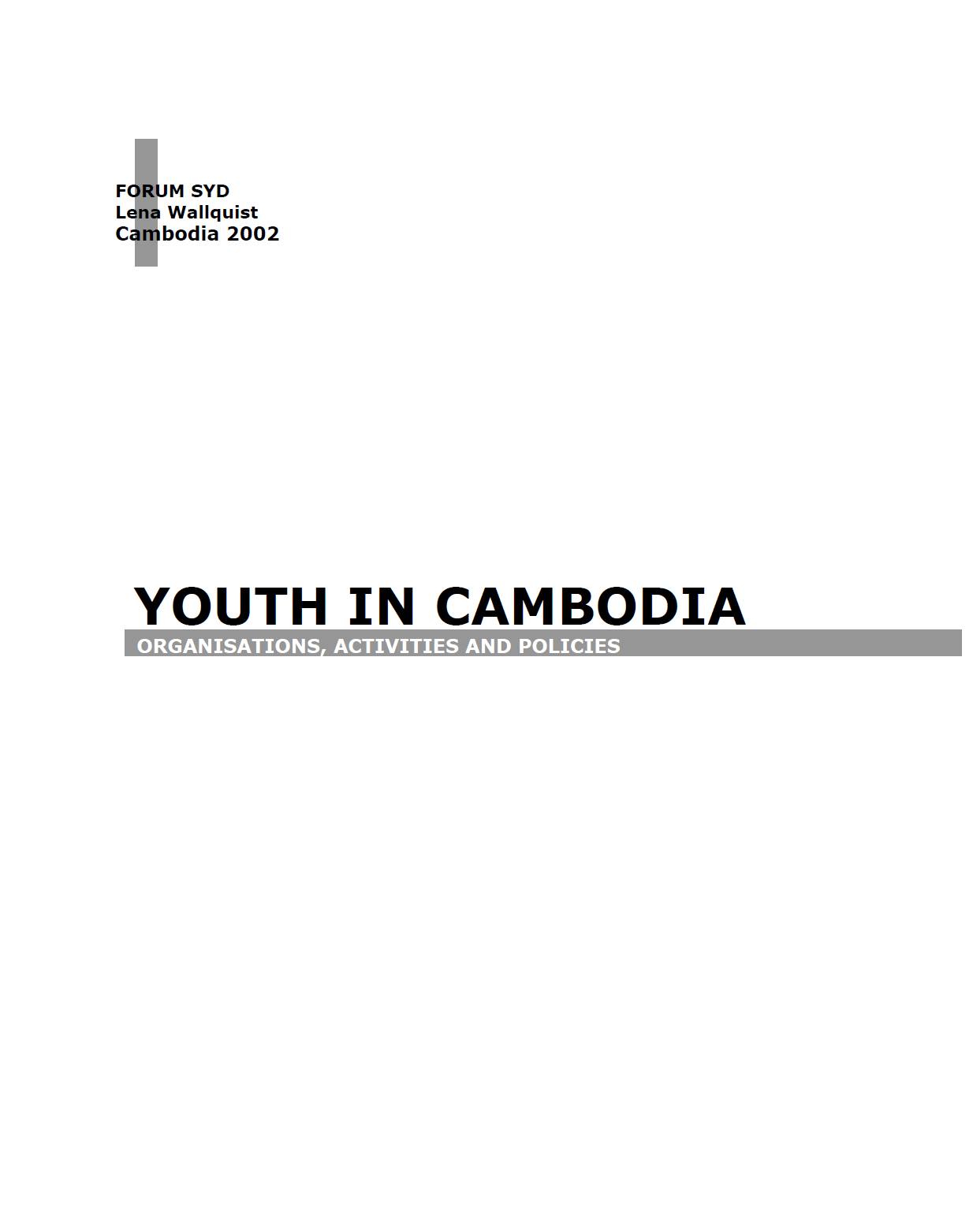
Youth in Cambodia: A Force for Change
Publication Year: 2008 / Sources: Pact CambodiaMore than half the population of Cambodia is less than 20 years old, and youth comprise almost 20% of the total population. Unlike some countries in Southeast Asia where this percentage is expected to decline by 2030, the proportion of youth in the population is expected to peak in 2035 with average annual growth of 0.1% in 2005-2015 and 1.0% in 2025-2035.
Download: English | Khmer
National Integrity System Assessment ALBANIA 2016
Publication Year: 2016 / Sources: Transparency InternationalThis National Integrity System (NIS) assessment analyses whether Albania’s state architecture is designed to operate with and promote integrity, and whether it does so in practice. It offers a comprehensive diagnosis of the capacities, internal governance and the effectiveness of 15 key institutions and sectors, or ‘pillars’. The NIS also examines the broader political, social and economic context in which these pillars operate. In offering this diagnosis, the assessment seeks to identify priorities for an anti-corruption reform agenda.
Download: English | Khmer
National Population Policy 2016-2030
Publication Year: 2016 / Sources: Royal Government of Cambodia_Translated by UNFPAThe overall strategic objective of the policy is to contribute to steady improvements in the quality of life of the people of Cambodia and poverty alleviation with an emphasis on inclusive development which can be achieved through concerted efforts in ensuring sustainable and equitable economic growth, social development, and environmental protection within the national and global development framework.
Download: English | Khmer
World Employment and Social Outlook 2016: Trends for Youth
Publication Year: 2016 / Sources: International Labor Organization (ILO)Global economic growth in 2016 is estimated to stand at 3.2 per cent, 0.4 percentage points lower than the figure predicted in late 2015. The downward revision is a result of recessions that were deeper than expected in some key emerging commodity-exporting countries, including Argentina, Brazil and the Russian Federation. In addition, growth in developing countries, at only 4.2 per cent in 2016, is at its lowest level since 2003. Despite anticipation of a slight improvement in global growth for 2017,
global investment and hiring decisions remain subdued in the face of the uncertainty generated by a rapidly changing environment. Consequently, the global youth unemployment rate is on the rise after a number of years of improvement,
and is expected to reach 13.1 per cent in 2016 (from 12.9 in 2015). This is very close to its historic peak in 2013 (at 13.2 per cent) and where it is expected to remain in 2017. As a result, after falling by some 3 million between 2012 and 2015, the number of unemployed youth globally will rise by half a million in 2016 to reach 71 million and will remain at this level in 2017.

Global Wage Report 2014/15 – Wages and Income inequality
Publication Year: 2015 / Sources: International Labor Organization (ILO)The Global Wage Report 2014/15 presents both the latest trends in average wages and an analysis of the role of wages in income inequality. The first part of the report shows that global wage growth in recent years was driven by emerging and developing economies, where real wages have been rising since 2007 although wage growth slowed in 2013 compared to 2012. In developed economies, wages generally remained stagnant in 2012 and 2013, and in a number of countries wages remained below their 2007 level. These trends are a matter of concern.
Download: English | Khmer
ILO Policy Brief on Youth Employment in Cambodia
Publication Year: 2007 / Sources: International Labor Organization (ILO)Cambodia has a young population with 39 per cent of the population in 2004 below 15 years of age, down from 43 per cent in 1998. By 2004 the dependency ratio showing the children and elderly as a percentage of the intermediate group was 74 per cent.1 Youth aged 15–24 represented 22 percent of the population that year. Large numbers of young people are entering
the labour force as a result of a baby boom in the 1980s. Measures must be taken to ensure that youth do not add to underemployment in the countryside or lead to higher rates of urban unemployment but instead contribute to growth and development through productive employment.

Volunteerism: Harnessing the Potential to Develop Cambodia
Publication Year: 2008 / Sources: Youth Star Cambodia & United Nations VolunteersYouth Star Cambodia and United Nations Volunteers Cambodia commissioned a research project on volunteers and their contribution to national development. While volunteers are widely present in development, there is little current information that assesses their contributions. The research project began in December 2007, and the fieldwork concluded at the end of February 2008.
The aims of the research were to:
1. get a clear picture of the current volunteer infrastructure and environment in Cambodia, including the profiles of volunteers, their communities and their projects;
2. provide recommendations on how opportunities for Cambodians to volunteer can be increased and a clear understanding of the needs within volunteering organisations;
3. explore ways in which volunteerism can be better integrated and linked to national development objectives and initiatives;
4. provide recommendations on how donor support could be better targeted to increase volunteer participation in sustainable development.

Outcome Report: Workshop for Youth on Electoral Reform
Publication Year: 2014 / Sources: Cambodian Center for Human Rights (CCHR)This report summarizes the issues raised and recommendations of participants during the Workshop for Youth on Electoral Reform. The objectives of this event was to provide opportunities for youth participants to identify key concerns regarding electoral reform and to develop recommendations, in addition to learning about substantive issues regarding to political participation and electoral reform.
Download: English | Khmer
Youth in Cambodia
Publication Year: 2002 / Sources: Forum Syd CambodiaThis report focuses on youth as a specific group. There is no legal definition for youth (nor for children or adults) in Cambodia, but the responsible Department under Ministry of Education, Youth and Sports defines youth as people between 14 and 30 years old. The aim of the study is to map out youth organisations and activities in Cambodia. It also provides some information regarding the general situation for young Cambodians and youth policy from the Government and the major donor agencies.
Download: English | Khmer
Skin on the Cable: The Illegal Arrest, Arbitrary Detention and Torture of People who use Drugs in Cambodia
Publication Year: 2010 / Sources: Human Rights Watch“Skin on the Cable”
The Illegal Arrest, Arbitrary Detention and Torture of People Who Use Drugs in Cambodia
Cambodians who use drugs confound the notion that drug dependence is a self-inflicted condition that results from a character disorder or moral failing. When Human Rights Watch talked with these people, they were invariably softly spoken and polite. They talked openly and honestly about difficult childhoods (in many cases still underway) living on the streets, or growing up in refugee camps in Thailand. Often young and poorly educated, they spoke of using drugs for extended periods of time. Despite many hardships in their lives, their voices rarely became bitter except when describing their arrest and detention in government drug detention centers. They did not mince words when describing these places. One former detainee, Kakada, was particularly succinct: “I think this is not a rehab center but a torturing center.
Download: English | Khmer